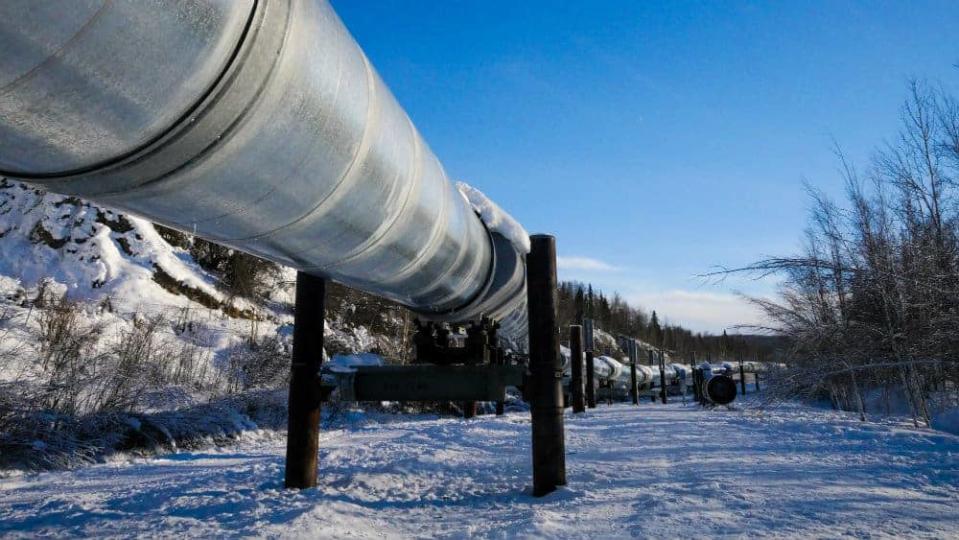The Only Natural Gas Stock You Should Ever Buy

The outlook for natural gas remains poor despite many market pundits talking up its prospects during 2018 and into the first half of 2019. The North American Henry Hub price has lost 27% since the start of 2019 to be trading at around US$2.23 per million British thermal units (MMBTU), which has weighed heavily on North American natural gas producers.
As a result, companies like Encana and Painted Pony have lost anywhere between 30% and 60% over that period. One driller which has bucked that trend is Canacol Energy (TSX:CNE).
It has gained 16% since the start of the year despite sharply weaker natural gas and a worsening outlook for the fuel. There are signs that even if natural gas falls further, Canacol can continue delivering value for shareholders further boosting its market value.
Solid results
Canacol is focused on producing natural gas in Colombia, where it has 1.6 million gross acres of mineral concessions in the Llanos, Middle and Lower Magdalena Basins. It reported some solid second quarter 2019 results.
Natural gas production expanded by a healthy 9% year over year to 121,496 Mcfpd while natural gas sales grew by 8% to 120,515 Mcfpd.
Nonetheless, Canacol’s oil output plummeted 83%, primarily because of divestments made after the end of the equivalent period in 2018 because of its plans to become a pure natural gas producer.
Even so, overall hydrocarbon output grew by 1% to 21,657 barrels of oil equivalent daily, an impressive feat given that Canacol sold most of its oil assets over the last two years.
Despite sharply weaker crude and a noticeable decline in oil output, Canacol’s netback – a key measure of operational profitability – only declined by 3% year over year to US$22.27 per barrel, equating to a netback of around US$3.84 per Mcf produced, which is significantly higher than any of Canacol’s peers operating solely in North America.
For the same period, Encana reported a netback of roughly US$1.19 per Mcf before gains from commodity hedges, while Painted Pony’s was a mere US$0.95 per Mcf.
Canacol’s ability to generate such an impressive netback means that earnings before interest, taxes, depreciation, depletion, amortization and exploration expenses (EBITDAX) surged by 10% year over year to US$38 million.
It was also responsible for causing Canacol’s bottom line to surge, seeing it report net income of US$1.9 million compared to a US$26 million loss for the equivalent period a year earlier.
This notable performance and Canacol’s solid profitability, despite sharply weaker natural gas prices, can be attributed to the unique characteristics of Colombia’s natural gas market.
Positive outlook
Colombia is facing an emerging energy crisis. A combination of aging fields, lack of major hydrocarbon discoveries, diminished reserves, falling production and growing demand have created a natural gas shortage. This forced Colombia, which was once self-reliant, to commence natural gas imports in 2017.
Those imports have failed to meet briskly expanding demand triggered by stronger economic growth and a rapidly expanding population, meaning that supply constraints still exist.
For these reasons, Bogota is paying higher than market prices for natural gas produced domestically to attract greater foreign investment in the industry in hopes that it will lead to greater exploration and production activity, which will eventually bolster the Colombia’s energy security.
This means that Canacol is receiving prices for the natural gas it is producing, which are well above North American market prices. For the second quarter, it received net of transportation expenses US$4.83 per Mcf sold or almost double the US$2.64 per Mcf averaged by the North American benchmark NYMEX price.
Canacol anticipates that during 2019 it will receive on average of US$4.75 per Mcf sold which is more than double the current North American market price.
Foolish takeaway
Canacol’s production will keep growing along with its ability to access additional markets in Colombia because it is making significant investments in exploration and well development as well as the construction of additional pipelines.
This bodes well for higher earnings which will boost Canacol’s stock, making now the time to buy.
More reading
Fool contributor Matt Smith has no position in any of the stocks mentioned.
The Motley Fool’s purpose is to help the world invest, better. Click here now for your free subscription to Take Stock, The Motley Fool Canada’s free investing newsletter. Packed with stock ideas and investing advice, it is essential reading for anyone looking to build and grow their wealth in the years ahead. Motley Fool Canada 2019

 Yahoo Finance
Yahoo Finance 